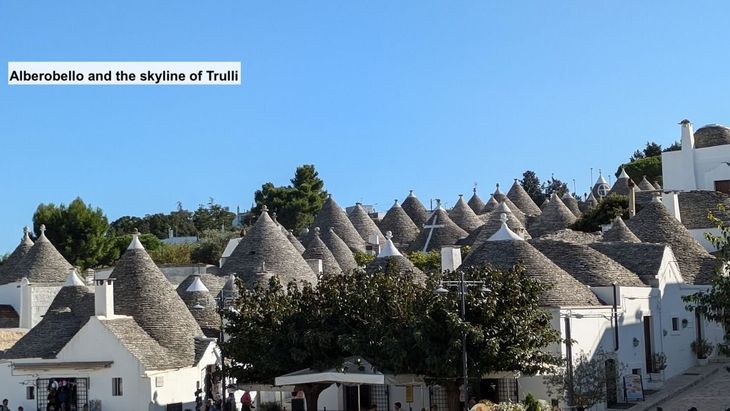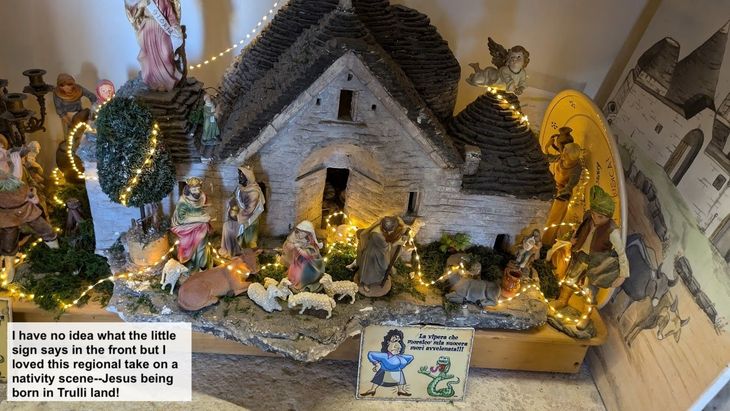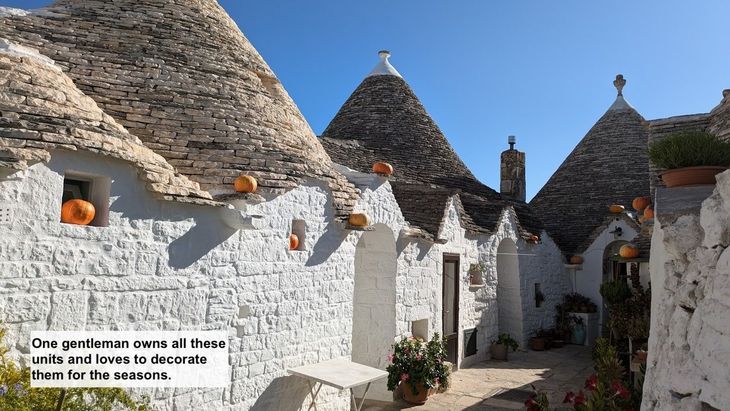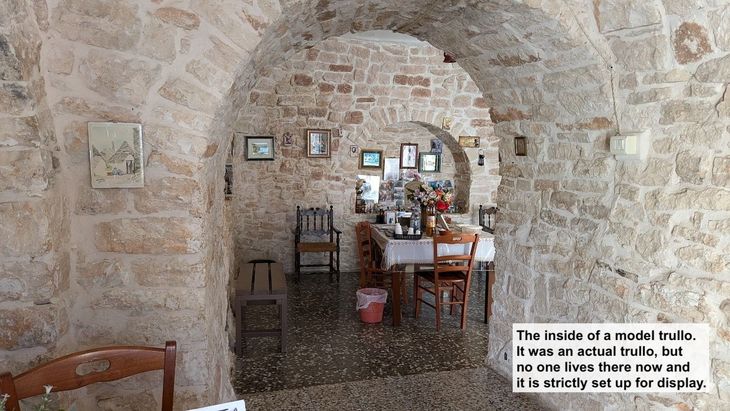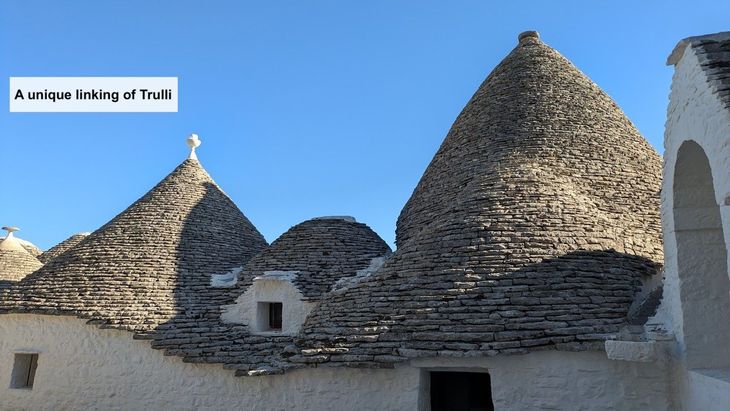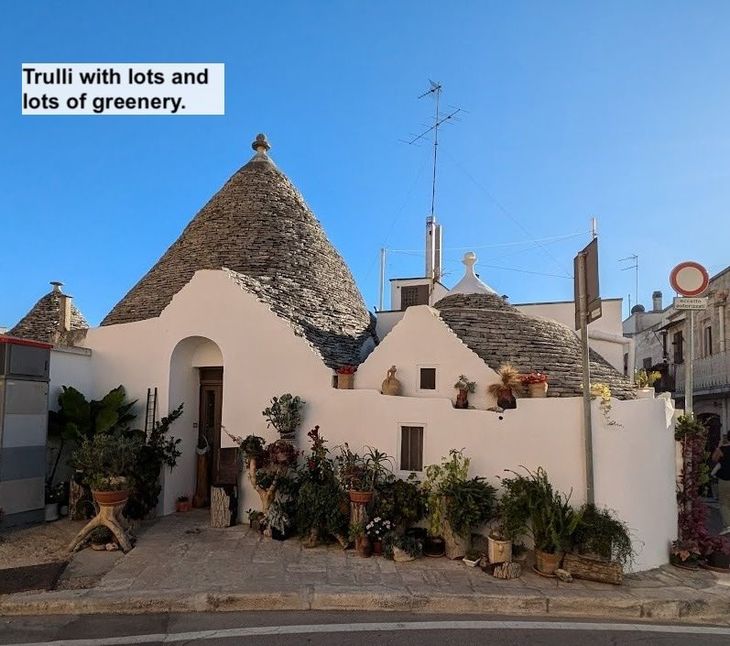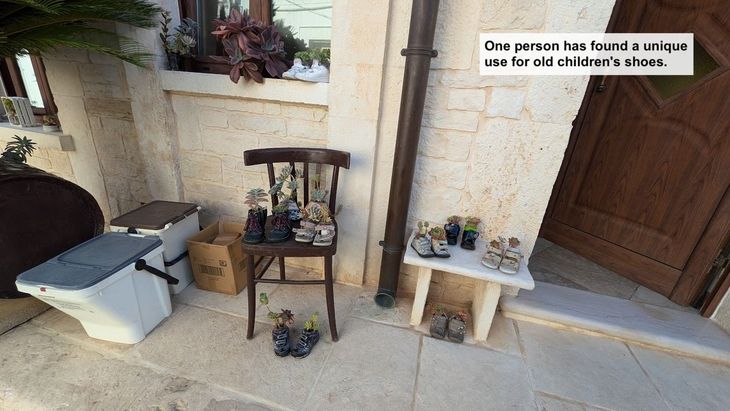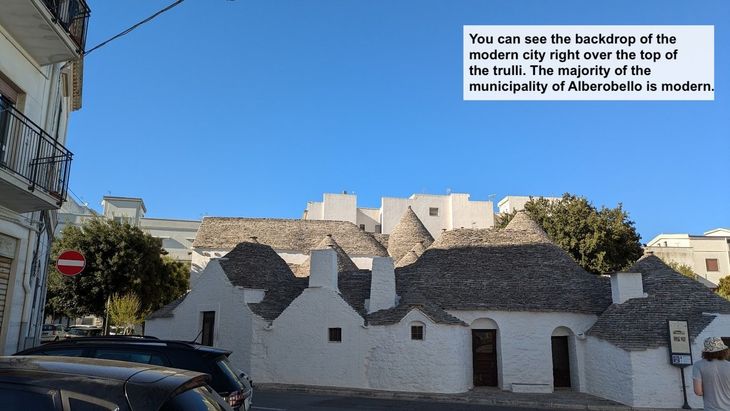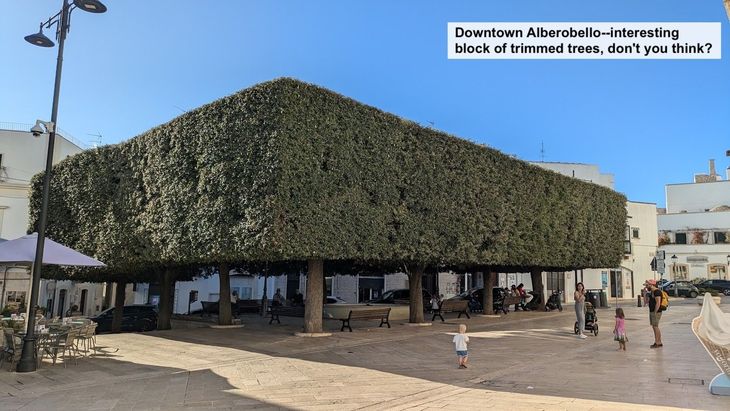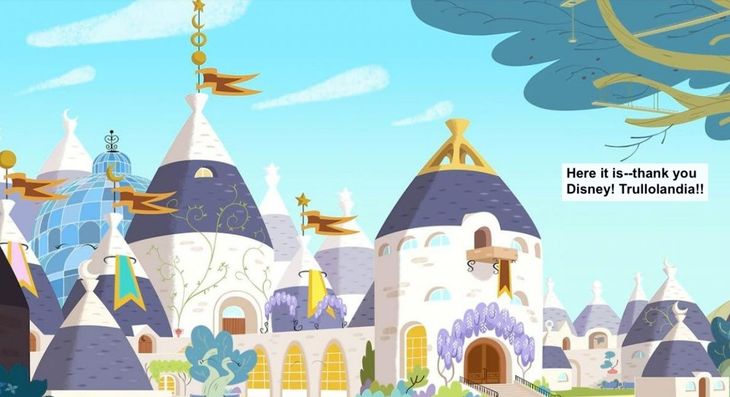41 Blog Post Tuesday, October 15, 2024 “Home”
First of all, it’s a great day to be born!! We are waiting for news about Alistair’s niece, who is expecting her second child and she has gone into labor today! Prayers for Alice, Luke and big sister Hannah, and for their new baby who will arrive soon!
Thinking about bringing home this new little person, what does home mean to people? What is the criteria for calling a place home? Is it the place you live now? The place you were born? Is it a building, a group of people or a feeling? In John 14, Jesus talks about preparing a place for us, a place where he will bring us. “My Father’s house has many rooms” he tells his discuples, “if that were not so, would I have told you that I am going there to prepare a place for you? 3 And if I go and prepare a place for you, I will come back and take you to be with me that you also may be where I am. 4 You know the way to the place where I am going.” I think most of you know how much I am comforted by that, and how much I look forward to it as well, but that’s not here and now. It’s then and where???
I wonder so much about home since we are far from what we call home. Alistair calls N. Ireland home, even though he doesn’t live there right now. I call Johnstown home, even though I wasn’t born there. I know Alistair shares a feeling of home in Johnstown as well, and can be more about the people around you than the place itself. For most of us, feeling at ‘home’ in the world matters very much, and creates an ability to be safe, vulnerable and comfortable. Home is, hopefully, a good place to bring a new baby.
I know we could talk a long time about this, but in my survey of exactly one person, that was a definition that seemed to resonate. I also know that where you or others live may not create a sense of home or of safety, but I sense in some of those situations the desire to find home and safety emotionally, physically and spiritually. I am thinking of immigrants, migrants and others. I will always wonder why my ancestral family left the village of Laurenzana in the early 1900’s and cannot imagine the sort of change that created. But the goal was to find a home, I know. As we are traveling so far from home, or we are relying on temporary places to stay, but we are keenly aware that they are not home.
When we drove from Matera to Monopoli last week, we saw lots of small, coned huts on local farms, particularly some of the older olive grove farms. They lent a unique look to the common squared-off residences and buildings and Alistair told me about Alberobello, which is a UNESCO (United Nations Educational, Scientific and Cultural Organization) site that features a village of these buildings, or trulli (trullo is singular; trulli is plural). He wanted to visit if we could plan it. Fortunately, it’s only about 40 minutes from the Monopoli, an easy drive.
Alberobella means ‘beautiful forest’, which actually doesn’t exist anymore. We were there to see the trulli, or the conical stone houses that looked like gnome homes, or as Alistair’s son said, they look like Smurf homes. (Extra points for those of you who know what a Smurf is!) As you will see in the pictures trulli look like hobbit houses, but people still live in them. They have a round shape and a very specific cone-shaped roof made out of slabs of limestone, and they reminded me of a Disney village, although I’ve never been to Disney. (see note at the end of this blog post for updated info!!)
The story is this: In the late 1600’s they were originally built as shelters for animals and grain storage. Once again, why the unusual shape? I don’t know, although silos in the US are all round, so perhaps there’s a good reason for that--farmers weigh in here, if you know more! It may also have to do with the unusual roof construction with slabs of limestone stacked in concentric circles to create the distinctive cone shape.
I’m going to pop in a quote from a website about the area to describe why they were built:
“The law of the Kingdom of Naples required the payment of a tax for every new village built and, according to some studies, the trulli are the result of a stratagem concocted to avoid paying those taxes.
The appearance of these buildings had to be deliberately precarious to give the idea of buildings that could be easily demolished in the event of an inspection. After an initial settlement of about 40 trulli, there was a major expansion in 1620.”
The rooftops, constructed without mortar, gave the impression that these were temporary places, not homes. The stones could be de-constructed, if needed, relatively quickly. By the late 1700’s, the village of Alberobello was freed from all taxation claims, but the trulli remain, and Alberobello still has over 1500 of these stone huts that are now UNESCO protected.
The internal structure of the trulli remind me of the caves in Matera—there are few windows, space is limited and there is absolutely no storage. Some trulli are interconnected to create more room for families, and they may link 2 or 3 together to have separate living spaces for children. Others have built a second floor, accessed by a ladder, for children’s bedrooms. The entry doors are small and we had to duck our heads to enter some of the trulli, especially Alistair’s son, who is tall. The windows are tiny, the walls are thick, they are hard to heat because heat rises into the coned roof space rather than staying in the main part of the dwelling. One interesting aspect is that the pinnacola, or the pinnacle of the trulli, are unique to the builder who created it. Carved stone crosses, globes, pyramids and other shapes cap the majority of the trulli and create some individuality. Modern trulli now have plumbing and electricity and I saw one linked trulli house that even had a garage in one of the buildings. Very impressive!
I loved the trulli that celebrated the beauty of plants and growing things, however. Some residents have established succulent and cacti gardens outside their homes, and I thought the green, and in some cases the flowers, really added to the charm of the trulli and helped to break up the sameness of the buildings. The green gave a sense of life to the whitewashed homes.
The interesting thing is that this village of hobbit-like homes is surrounded by a substantial city that is full of very modern, high-rise buildings. In fact, the majority of the city is, well, a city just like any other.
I could never live in one of these homes. The cave room we stayed in cured me of any kind of romanticized living in an enclosed stone space. It just felt oppressive to me. As an historic site, I’m sure there is an enormous amount of pride in these homes, but we did not meet any actual residents. When we walked around, some of the doors were open to let in the light, and I heard people having animated conversations that stopped once we walked by. What is it like to live in a place where strangers have free reign over your neighborhood as well?? Most of the places we have visited, including Monopoli, have a centro storico (historic center) or what is often called the old city, but in our long walks (I have not forgotten the Aldi trek!) we saw shopping centers, regular apartment complexes, and other ‘normal’ living spaces outside the tourist/historic settings. We saw empty alleyways, piled up trash and open lots that looked a bit like eyesores—normal stuff for normal cities. So while it is easy to get starry-eyed about the history and the beauty, home for most people here is more pragmatic. Is it convenient to a job or a highway? Is it affordable—and trust me—to find something affordable must be difficult in these seaside cities.
This morning for the first time, I woke up really thinking about home in Johnstown and recreating it in my mind. I lay there with my eyes closed and imagined putting away the dishes, and remembering where each thing belongs. I thought about coffee with friends and looking out over Main Street. I thought about the excitement of One Church Street and the plans that are still ahead for us. I thought about the first frost, the first fire in the fireplace, the color of the leaves, the first snow. Does this mean I am topping up my nourishment, that God is giving me these images because my heart is getting ready for re-entry? I still have a month and half to go in this sabbatical, but we return to the States in early November and I look forward to the sweetness of what I call home, of staying put and grounded, of seeing my family again, of reengaging with the work of God in the church of God. I guess I am feeling pretty nourished!
When have you been away from home long enough for your mind to turn back, like looking over your shoulder at something precious that is far away?
Blessings and grace,
ML+
(Ok—the note about the Disney comment! Turns out there actually was an animated series called “Trulli Tales” by Disney. It was created by two sisters who live near the village, and they called it “Trullolandia” and features magic olive oil and an octopus named Athenia, which clearly reflect elements of the Apulian area where Alberobello is located.)
